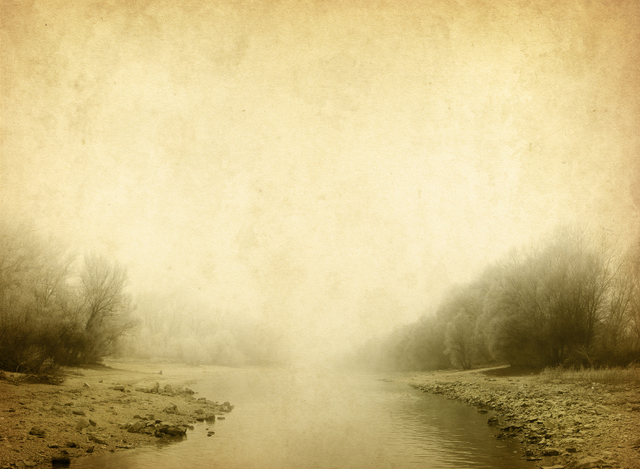Most Americans are not aware of how precarious the situation was at times for the American Continental Army during the Revolutionary War. In August 1776, the Continental and British armies met in the Battle of Brooklyn, or what is also called the Battle of Long Island or the Battle of Brooklyn Heights. It was one of the largest battles of the Revolutionary War, and the fate of the American Revolution — and the future of our planet — were forever changed by what transpired.
After the British abandoned Boston in March 1776, their next campaign was in New York. They planned to isolate New York and New England from the rest of the colonies. A large British force of approximately 32,000 soldiers opposed about 19,000 soldiers of the Continental Army. After the British force landed on Stanton[sic] Island, General George Washington moved much of his army across the East River from Lower Manhattan to defend Brooklyn.
On August 27, 1776, the British attacked Brooklyn on three fronts. Two of the attacks were direct, but the British sent a third force of about 10,000 men through a little-used pass and outflanked the Americans. With Washington’s army caught off guard and outnumbered, only a series of fortuitous events saved the American Revolution.
First, a small group of 400 soldiers from Maryland were able to fight and save the army from a complete rout. This allowed a larger group of Americans to retreat to Brooklyn Heights and avoid capture. Rather than press their advantage, British General William Howe ordered his men to stop the attack and instead dig trenches around the Continental Army. He expected the Americans to surrender. He also expected British ships to sail around and cut off the Americans from their only line of retreat across the river to Manhattan. But the ships never came. Why? Because there was not enough wind to get them there.
This gave Washington the night to secretly get 9,000 men to safety and keep his army intact. He ordered every available boat to be taken and used to get his army across the East River. Working throughout the rainy night, the oarsmen in the boats crossed the river multiple times to deliver soldiers to the other side. The only problem was that as the sun rose, there was still a large part of the Continental Army left in Brooklyn. These men likely would have been killed or captured if they did not cross the river, losses the Americans could not afford.
The final fortune would smile down on the Americans from Above. A heavy fog settled over the area and the rest of the Continental Army was able to conceal their movements from the British. As the fog lifted, the British were left in amazement — the Continental Army was gone.
The British went on to capture New York on September 15, 1776, but did so without destroying the Continental Army. The Revolutionary War would continue, leading to an ultimate American victory.
Without a few hundred unyielding soldiers, a lack of wind and some heavy fog, there may have never been a United States of America.
Steve Villalobos is a Southern California professional who holds an undergraduate degree in American History and political science. He is also a contributor and writer for 1776history.com.

